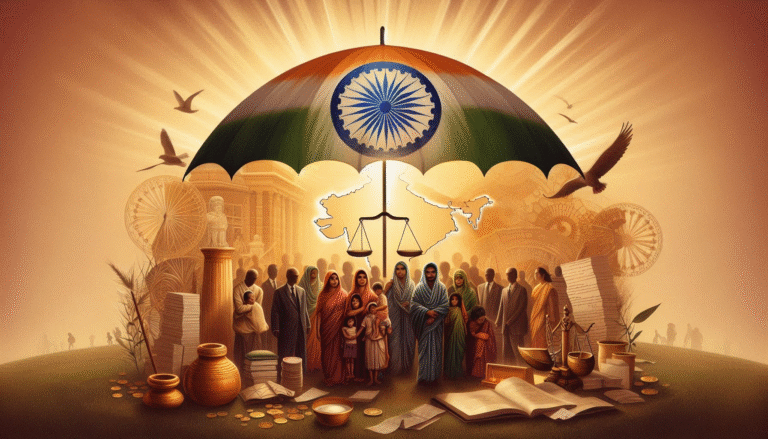
LGBTQ+ and Women: The Tragic Reality of Honor Killings

The Intersection of Gender and Sexual Orientation in Honor Killings: An Analysis of the Tragic Reality Faced by LGBTQ+ Women.
The intersection of gender and sexual orientation is a significant factor in the reality of honor killings faced by LGBTQ+ women. A study by Gill has revealed that family honor killings and violence against LGBTQ+ individuals are intertwined, highlighting the severity of the issue.
Despite the implementation of the 2005 Penal Code, honor killings and violence against women have not been eradicated, affecting women’s and LGBTQ+ NGOs regardless of their class or ethnicity [1][2].
The author of the book also notes that women, people of color, LGBTQ+ people, and the poor are particularly vulnerable to forced marriages or honor killings, which can be regarded as an attempt to suppress the diversity of women’s experiences and realities [3].

It is essential to understand that race, gender, gender identity, sexual orientation, and class play a crucial role in the perpetration of violence against women and LGBTQ+ individuals. For instance, Black women are often killed or violated because of their race or gender [4].
Transphobia also places Black LGBTQ+ and gender-nonconforming individuals at higher risk of violence. While there have been some efforts to protect LGBTQ+ youth, they still face numerous challenges, such as HIV/AIDS and rejection by their families [5].
Moreover, Black LGBTQ+ individuals face unique challenges related to mental health and public health issues [6]. It is crucial to develop policies that protect LGBTQ+ individuals without undermining women’s safety as women face male physical and sexual harassment, forced marriages, child marriages, trafficking, and honor killings [7].
Honor killings are a tragic reality that has been affecting LGBTQ+ and women for centuries. Such killings are based on the idea of defending the honor of a family or community, and they often target individuals who do not conform to traditional gender roles or sexual orientations.
This paper will explore the intersection of gender and sexual orientation in honor killings, analyzing how this form of violence affects both men and women from the LGBTQ+ community. It will also discuss some of the challenges faced by those affected by honor killings, as well as potential solutions to address this issue.
Honor killings are a tragic reality for both women and members of the LGBTQ+ community. It is an act of violence that is rooted in gender and sexual orientation, and it disproportionately affects those who identify as LGBTQ+.
This paper will explore the intersection of gender and sexual orientation in honor killings, analyzing the tragic reality faced by those who are targeted for their identity.
Honor killings are a tragic reality that disproportionately affects women and members of the LGBTQ+ community. This is an issue that has been gaining more attention in recent years, as more people become aware of the intersection between gender and sexual orientation in this heinous practice.
This analysis will discuss the history of honor killings, how they are used to oppress marginalized communities, and what can be done to prevent them. It will also provide insight into how the intersection of gender and sexual orientation plays a role in these murders, and why it is so important to recognize this intersectionality when discussing this issue.
Honor killings are a tragic reality for members of the LGBTQ+ community and women around the world. It is an extreme form of violence committed against those who do not conform to societal norms, particularly within certain cultures and religions.
In this article, we will explore the intersection of gender and sexual orientation in honor killings, and analyze the tragic consequences that come with it. We will also discuss how this form of violence affects members of the LGBTQ+ community, as well as women, in different parts of the world.
Honor killings are a tragic reality that target both LGBTQ+ and women. It is a heinous crime that takes the lives of innocent people based on their gender or sexual orientation.
This paper will analyze the intersection of gender and sexual orientation in honor killings, and how this horrific form of violence affects members of the LGBTQ+ community. It will also explore the various ways in which these individuals can be protected from this type of violence, as well as potential solutions to prevent it from happening in the future.
Conclusion :
Honor killings are a tragic reality that has been affecting LGBTQ+ and women for centuries. This paper will explore the intersection of gender and sexual orientation in honor killings, analyzing how this form of violence affects both men and women from the LGBTQ+ community.
It will also discuss some of the challenges faced by those affected by honor killings, as well as potential solutions to address this issue. It is essential to understand that race, gender, gender identity, sexual orientation, and class play a crucial role in the perpetration of violence against women and LGBTQ+ individuals. Honor killings are a tragic reality for both women and members of the LGBTQ+ community.
It is an act of violence that is rooted in gender and sexual orientation, and disproportionately affects those who identify as LGBTQ+. This paper will explore the intersection of gender and sexual orientation in honor killings, and analyze the tragic consequences that come with it. It will also explore the various ways in which these individuals can be protected from this type of violence, as well as potential solutions to prevent it from happening in the future.







